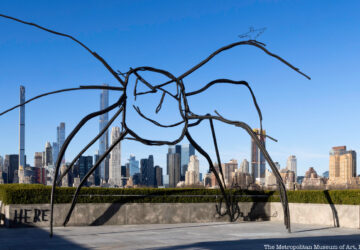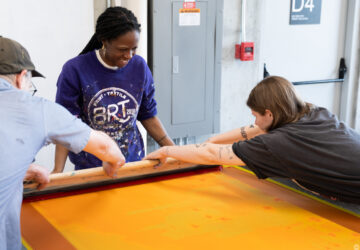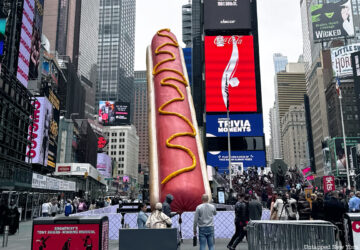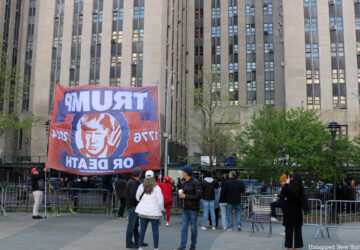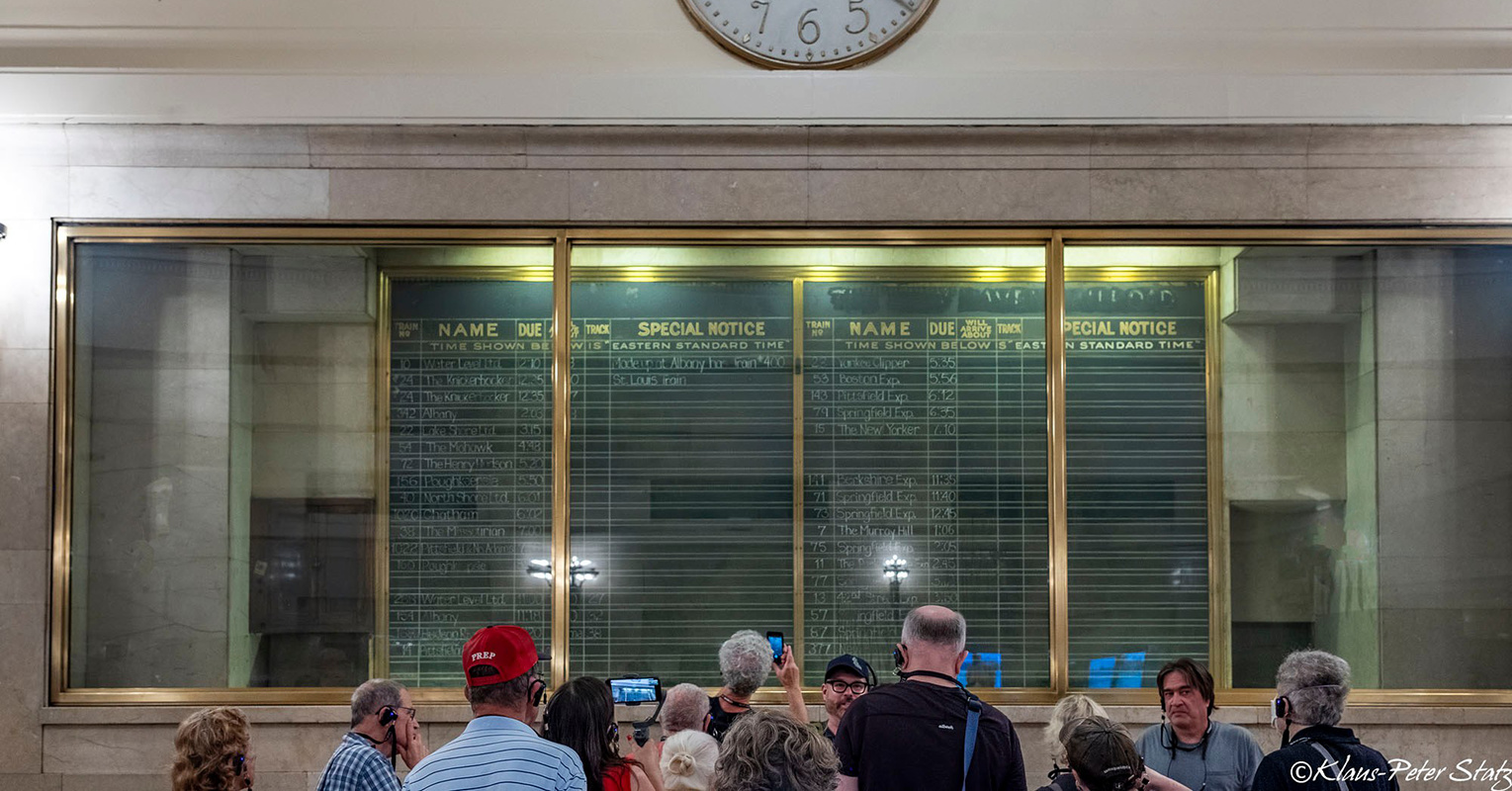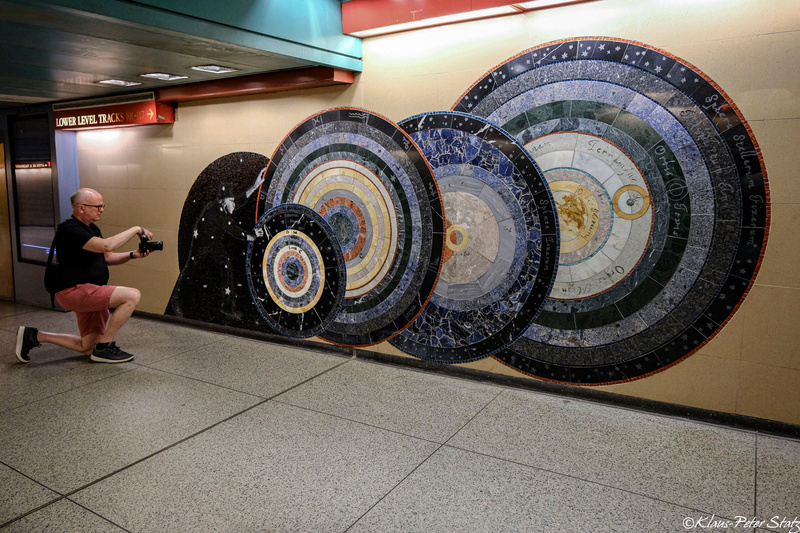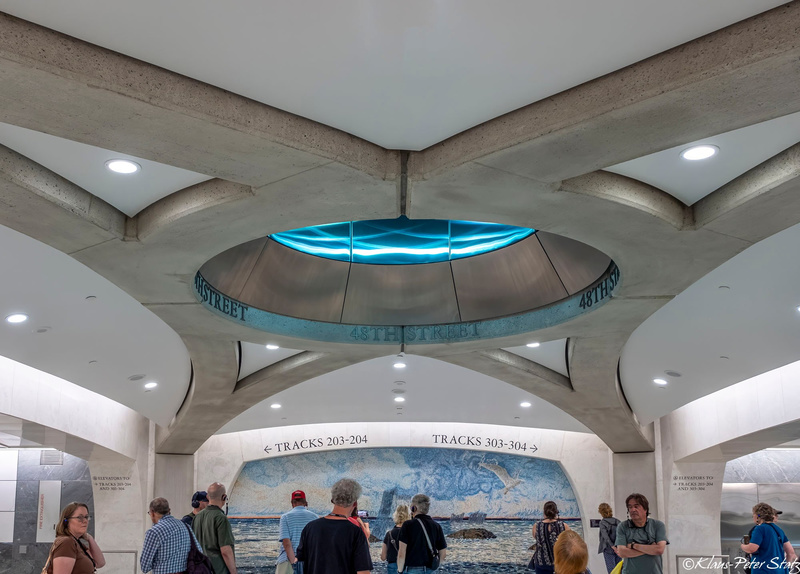Compartmentalization, convenience, and congestion: the three C’s that were addressed by the kissing gallery of Grand Central Terminal.
When the terminal opened in February 1913, there was a major concern: congestion on the trackways. Baggage handlers were trapped by the leisurely embraces of lovers greeting those arriving in the city. What a mess!
The solution: the Biltmore Room. Nicknamed “The Kissing Gallery” or the “Romeo and Juliet Room” by passengers, the Biltmore room provided an area for a short embrace “hello.” For years, this room was closed off from the public as construction on the East Side Access Project progressed. Now, the renovated space is open to commuters and it holds a fascinating piece of the terminal’s past.
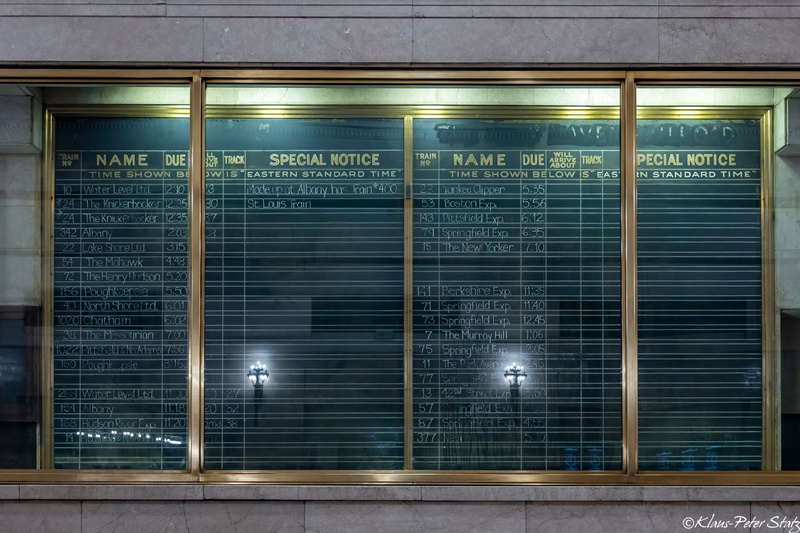
Inside the 6,000 square foot space that now provides access to the Grand Central Madison Concourse via two escalators and an elevator, commuters will see a large chalkboard protected by a glass window. This board is a remant of the days when terminal employees would handwrite departure times, track numbers, train numbers, and special notices. This practice was ended in 1967 when the terminal started using electric boards.
The writing you see on the board today reflects trains that were running in the 1960s, but the writing was redone in 1985 when the Biltmore Room underwent a renovation. You can see on the bottom left hand corner intials and a date, “S.G.B. 3/20/85.” In 2019, Grand Central’s vintage looking departure boards went digital.
You can visit the Biltmore Room to see this board (and the historic clock above it) up-close on our upcoming tours of the Art of Grand Central Madison!
The Biltmore room was not named coincidentally, it shares its name with the hotel that occupied the space above it. Passengers, once in the room, could take an elevator right up into the lobby of the Biltmore Hotel. The ability to travel into your hotel room without stepping out into the hustle and bustle of New York City streets, or putting your hair at risk with inclement weather, earned the Biltmore hotel luxury status. As written in the February 3rd, 1913 edition of the New York Times, “the Biltmore hotel is far more than a dream” as the “idle fancy” businessmen can move into the city without exposing themselves to air out-of-doors. The Biltmore Hotel was part of the never-realized Terminal City. In 1982, the structure was gutted to its frame and rebuilt as Bank of America Plaza, now 22 Vanderbilt.

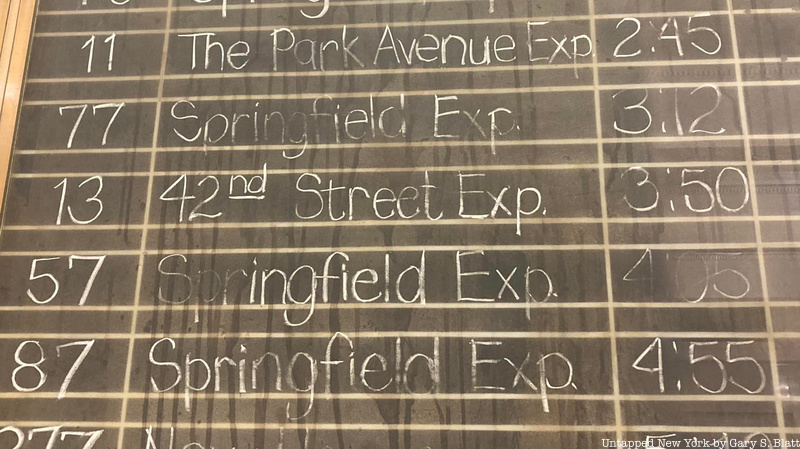
The Biltmore Room was strategically located on the main level of the terminal where incoming trains arrived, while trains departed on the lower level. This allowed the smooches and displays of love to happen above the tracks, resulting in much less congestion for departing trains.
While these kissing rooms allowed a subtle embrace, one had to follow the rules of modesty, enforced by the GCT Staff:
- No kiss can last longer than 5 seconds
- Absolutely no tongue
- And, you may only kiss in the “Kissing Gallery”
These rules provided more ease of moving through the gallery for those planning to move on and out of the room, potentially to the hotel above.
The idea of a designated “perfunctory peck spot” in the words of George W. Kitteridge, king of NYC transportation at the time, has remained relevant. 110 years later, these kissing galleries exist across the United States with the names “Kiss and Ride” or “Kiss and Fly.” The spaces, created for the modern traveler, host “goodbyes” rather than “hellos”, the biggest difference in these galleries from those a hundred years ago. These new spaces show the benefit and influence that the Biltmore room kissing gallery had on the rest of the county.
Next, check out 20 Secrets of Grand Central Terminal and NYC Vintage Photographs: Grand Central’s Transformation From Depot To Station To Terminal
